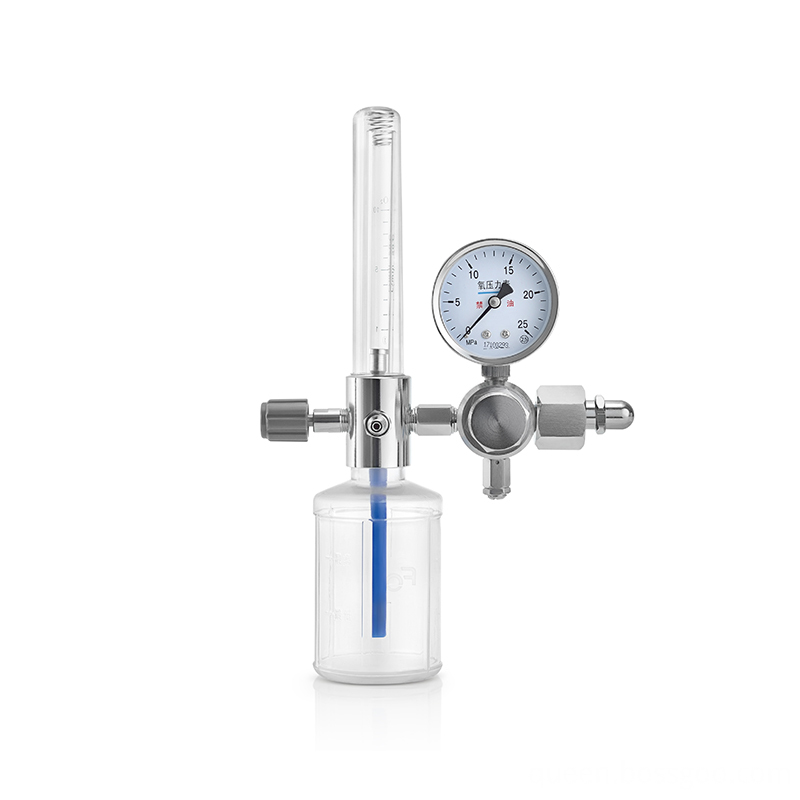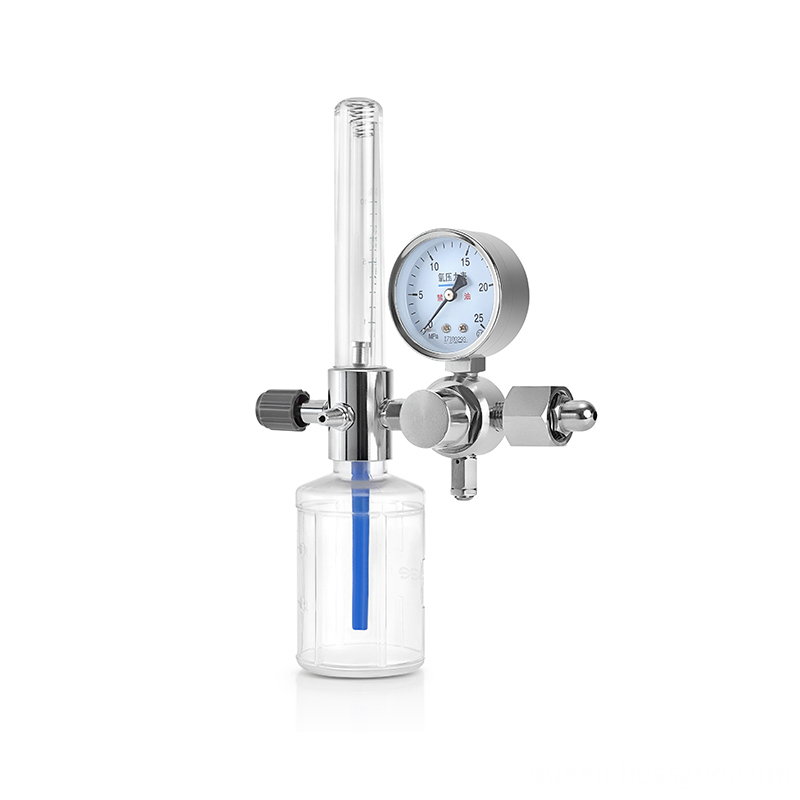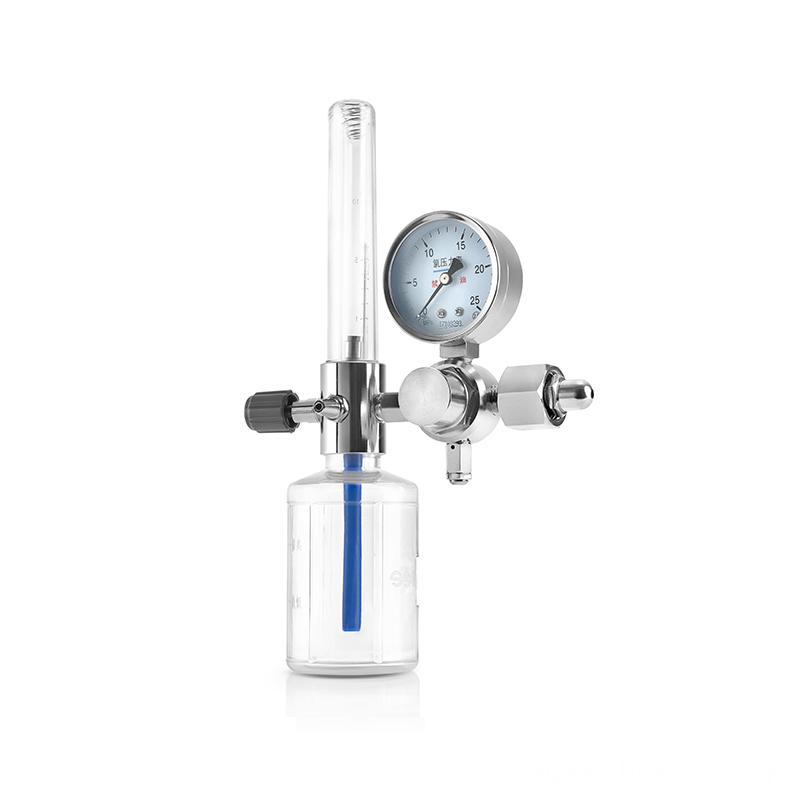Saline-alkali wheat anti-drought measures
Zhang Zhenye, Zhendong Township, Binhai County, said on December 2 that he only sowed about 12 days in a few acres of wheat. The seedlings had not yet been released. Now the soil in the field is dry and he wants to apply irrigation and drought. However, these plots are saline-alkali lands, and worry that the soil will return to saline and alkaline after irrigation, resulting in the yellowing of wheat leaves. Not long ago, the phenomenon of yellowing of wheat leaves appeared immediately after irrigation in the field plots. He asked how salt-farm wheat fields should be resistant to drought. Wang Yuande, Zhongyang Town, Suzhou City, Suqian City also came to the telephone for similar questions.
It is understood that wheat is a moderately salt-tolerant crop. When the soil salinity exceeds a certain limit, the growth of wheat is inhibited, but the growth is affected and the plant death is caused. Studies have shown that there are differences in salt tolerance at different stages of wheat production. During the winter wheat emergence stage, the salt tolerance coefficient was 0.82. This is due to the better sowing in the wheat fields of saline-alkali land at the time of sowing. The soil moisture is sufficient, and the concentration of soil solution is small. Salt is less harmful to wheat. After entering the wintering period, the nutrients in wheat are consumed in large amounts. In addition, the soil temperature is low, and the response to salt is most sensitive to the wheat returning green period. The salt tolerance is significantly reduced and the salt tolerance coefficient is only 0.07. At this time, the value of salinity in the saline-alkaline wheat returned to the peak period, a large number of ploughing salt accumulation, the tillage layer of salt content as high as 0.656%. During the period between greening and jointing, the salt tolerance of wheat is the weakest. Salt tolerance of wheat after jointing has increased until maturity.
Zhang Yongchun, a researcher at the Institute of Resources and Environment of the Jiangsu Academy of Agricultural Sciences, said in an interview with reporters that there has been no major rainfall in the recent period and the soil in the fields has been arid, which will accelerate the return of salt to the soil. This is because when the amount of evaporation of soil moisture is greater than the amount of precipitation, the continuous loss of water causes the top layer of soil to dry, and the groundwater will rise to the soil surface through capillary rise. While constantly replenishing the water lost due to evaporation, the salt and alkali will increase along with the capillary water. And accumulate on the surface. The sowing of wheat in saline-alkali land is more difficult, and the risk of salt damage after emergence is greatly reduced. There are also some wheat seeds that have not emerged in the above-mentioned fields, and they should be promptly filled with water to promote the emergence of wheat seed that has not emerged as soon as possible. Irrigation should adopt a flood irrigation method, and speed irrigation speed, continuous flood irrigation 2 ~ 3 times, so you can wash salt, promote seed germination seedlings. Fresh water should be used for irrigation and salt water should not be used. Covering the crop stalks after irrigation can reduce evaporation loss from the soil surface. The application of organic fertilizer can also increase the effect of field coverage, improve the soil, enhance soil buffering capacity, and promote the robust growth of wheat seedlings, and enhance the tolerance of wheat seedlings to salt and alkali. A deeper ditch in the inside and outside of the wheat field can lower the groundwater level, allowing salty groundwater to drain out of the trenches and reduce salt accumulation on the surface. After the wheat emerges, the foliar fertilizer which can promote the growth is sprayed, which can reduce the salt alkali to the wheat seedling to a certain extent.
Oxygen Flow control regulators and conserving devices are pressure reducing devices designed to regulate or lower oxygen pressure from a cylinder to levels that can be safely used by the patient. A Regulator simply regulates the (free) flow from an oxygen cylinder. A Conserving Device is an entirely different kind of device that delivers a "pulse" of oxygen as the patient inhales (on demand).



Oxygen Regulator, Oxygen Tanks, Oxygen Tank Regulators,Oxygen Regulators
Ningbo Queen Electronic Science Technology Co., Ltd , https://www.queenmeds.com